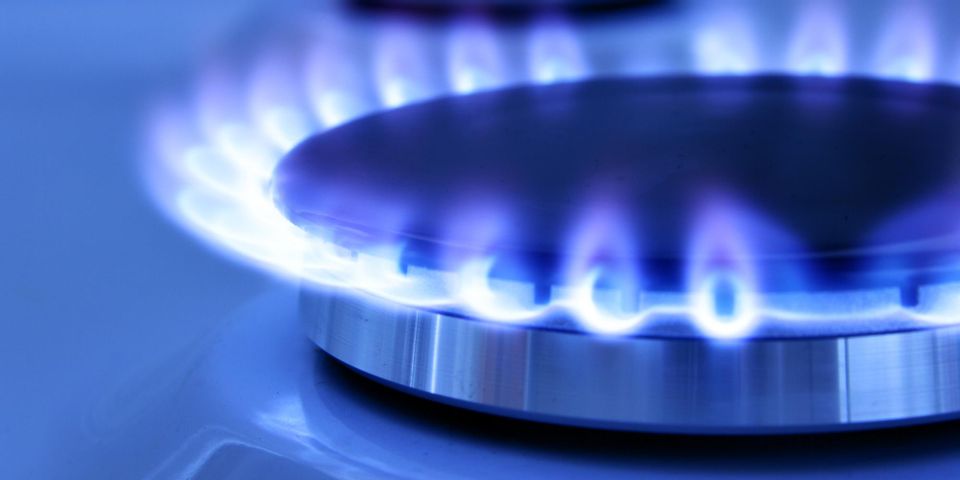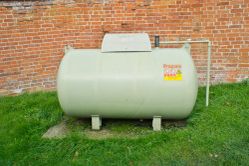5 Ways to Prepare for Propane Tank Installation

Propane burns faster and with more heat than electricity or gasoline, making it a more cost-effective, efficient energy source for your home. Once you’ve decided to have a propane tank installed, it’s important to have an understanding of the next steps involved. Here are ways to get ready for tank installation.
What Should You Do Before the Installation?
1. Choose Between Above- and Below-Ground Tanks
A key difference between the above- and below-ground tanks is the ease of installation. Above-ground tanks require a much less involved process and essentially can be moved to their designated location and connected.
Underground tanks require an excavation, followed by an installation of the tank on a solid foundation, before having the space above the tank filled up using machinery. There are also additional layers placed around the tank to protect it long-term. These extra layers raise the price to nearly double that of above-ground installations.
2. Ensure You Have Enough Space
Above-ground tanks need to go on level ground, in an area with a firm base, usually cement or gravel. For larger tanks, like those used for residential heating, you will need 10 feet of clearance from any nearby buildings and structures. You should also have 10 feet between the tank and any windows, doors, the property line, and any air intake or ignition sources. These include air conditioning units and heat pumps.
Smaller tanks, like those used for fireplaces, pools, and water heaters, generally need to be kept at least 3 feet away from nearby doors and windows, and 10 feet from any air intake or ignition sources. This type of propane tank can be kept alongside a building.
3. Double-Check the Entry Point
 You’ll need to make sure there’s a clear path for the necessary equipment to reach the installation location. The bulk truck and tank mover will need an opening that is at least 4 feet wide. If there are any extra barriers to maneuver, like power lines or storage structures, let the installers know ahead of time so they can take them into account.
You’ll need to make sure there’s a clear path for the necessary equipment to reach the installation location. The bulk truck and tank mover will need an opening that is at least 4 feet wide. If there are any extra barriers to maneuver, like power lines or storage structures, let the installers know ahead of time so they can take them into account.
4. Account for the Trenching
Trenching for the gas lines should be completed before the installation takes place. The required depth is 18 inches, or 24 inches if running underneath a driveway. There should also be no right angles present. Be sure to contact local utility providers before digging to avoid hitting any existing water lines.
5. Be Home for the Installation
When the tank installation is taking place, the technicians might have some insights and general guidelines to share with you. Regardless, it’s important to ensure there is an adult present in case a signature is required for the installation.
When you’re ready for your new propane tank installation, turn to the professionals at Murphy’s Gas Co. Inc. in Connersville, IN. This family-owned business has been in operation since 1947 and is committed to providing customers with exceptional service and low rates. For more information on their fuel services, visit them online or call (800) 284-9585 today.
About the Business
Have a question? Ask the experts!
Send your question

